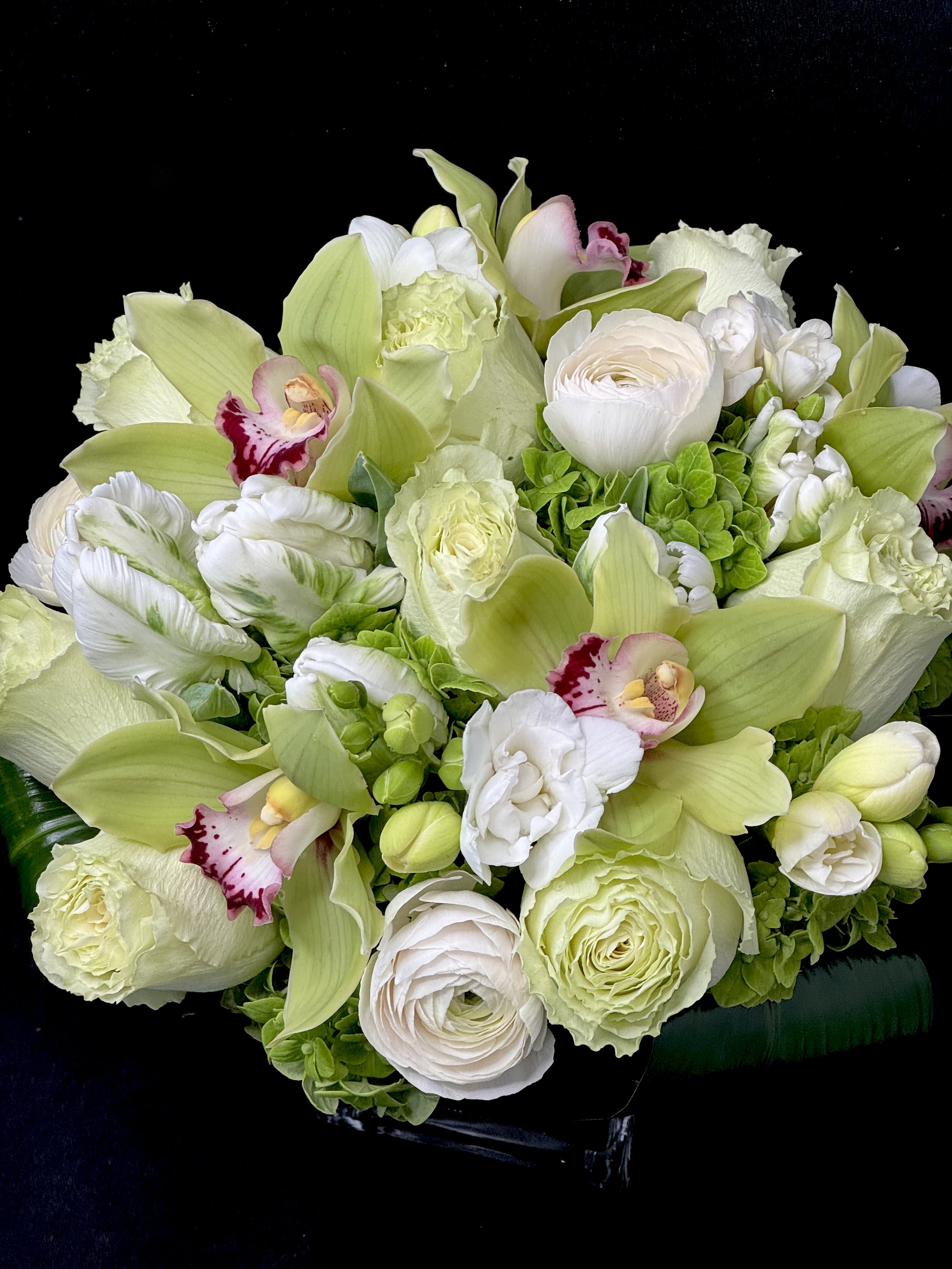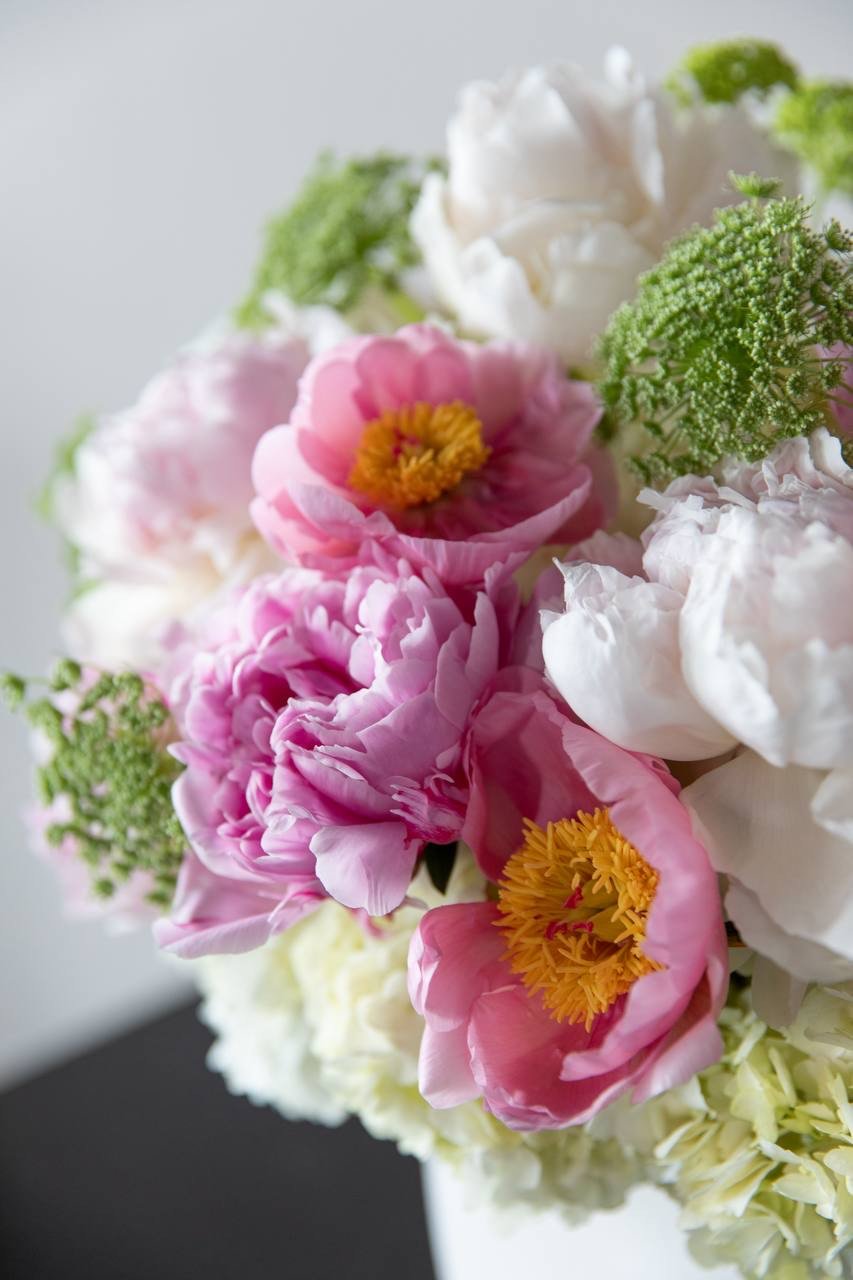Seasonal Flower Availability Chart: When to Buy Your Favorite Blooms in the U.S.
There’s nothing like the feeling of bringing home a bunch of fresh flowers—except maybe knowing you got the best, brightest, and most affordable blooms possible. Here’s the secret: it’s all about shopping seasonally. Flowers, just like fruits and veggies, have peak times when they’re at their freshest, most vibrant, and budget-friendly. Whether you’re planning a wedding, sending a birthday bouquet, or just treating yourself, knowing when your favorite flowers are in season in the U.S. makes all the difference. Let’s break down the magic of seasonal flower shopping, show you what’s blooming when, and share a handy chart you can use all year long.
Why Seasonal Flower Shopping Matters
Benefits of Buying in Season
Shopping for flowers in season isn’t just about saving money—though you’ll definitely notice the difference at checkout. When you buy flowers at their natural peak, you get:
Fresher, longer-lasting blooms (they’re not exhausted from long-distance travel)
Brighter colors and better fragrance
More unique and local varieties
Lower prices due to higher availability
Plus, you get to enjoy each flower at its absolute best. Trust me, a peony in May is nothing like a peony in September.
Seasonal vs. Imported Blooms
You can technically buy almost any flower year-round these days, thanks to imports and greenhouses. But there’s a catch: off-season flowers are often more expensive, less eco-friendly, and not as vibrant as those grown locally and in season. When you shop seasonally, you’re also supporting local farmers and reducing your environmental impact.
How Seasons Affect Flower Availability in the U.S.
Climate Zones and Regional Differences
The U.S. is huge, with tons of climate zones—from sunny Florida to chilly Maine. This means exact blooming times can vary by a few weeks depending on where you live. Southern states often see spring blooms earlier, while northern regions hang onto winter a little longer. Local farmers’ markets and florists are great for the freshest picks in your area.
Greenhouse-Grown vs. Field-Grown Flowers
Greenhouses can extend the season for some flowers, but field-grown blooms (grown outdoors) are usually the freshest and most affordable when in season. If you’re shopping online or in a supermarket, ask where the flowers are grown for the best quality.
Understanding Flower Seasonality: What It Really Means
Definitions: “In Season,” “Peak,” and “Off-Season”
In Season: Flowers are naturally blooming, widely available, and affordable.
Peak Season: The absolute best time for that flower—think tulips in April or sunflowers in July.
Off-Season: Blooms are rare, imported, or greenhouse-grown, often at a higher price and lower quality.
Why Some Flowers Are Available Year-Round
Roses, carnations, and lilies are almost always available thanks to global growers, but even they look and last better when you catch them in their natural season.
Most Popular Flowers by Season
Iconic Spring Flowers
Tulips: March–May
Daffodils: March–April
Hyacinths: March–April
Peonies: Late April–June
Lilac: April–May
Spring is all about fresh starts and soft colors—pastels, sweet scents, and the promise of summer.
Top Summer Blooms
Sunflowers: June–September
Dahlias: July–September
Zinnias: July–September
Hydrangea: June–September
Larkspur: June–July
Summer is bold, bright, and wildflower-friendly. Think vivid colors and armfuls of blooms.
Fall Favorites
Chrysanthemums: September–November
Marigolds: September–October
Asters: August–October
Celosia: September–November
Ornamental Kale: October–November
Autumn flowers are all about rich jewel tones, harvest vibes, and sturdy stems.
Winter Wonders
Amaryllis: December–February
Paperwhites: December–January
Poinsettia: December
Camellia: January–March
Evergreens and Holly: December–February
Winter bouquets are elegant, festive, and perfect for holiday centerpieces.
How to Use the Flower Availability Chart
Tips for Wedding Planning and Events
If you’re planning a wedding, use the chart to pick flowers that will be at their best on your date. You’ll save money, get the prettiest blooms, and reduce stress if something is suddenly out of stock. Work with a local florist who knows the seasonal cycles and can recommend alternatives if your dream flower isn’t available.
Smart Flower Shopping for Any Occasion
For birthdays, anniversaries, or “just because” gifts, check what’s blooming before you order. Not only does this support local growers, but it also means your bouquet will last longer and look better. Search “seasonal flowers near me” or ask your florist what’s fresh this week.
How to Get the Freshest Flowers Year-Round
Sourcing from Local Florists and Farmers’ Markets
Local florists and farmers’ markets are treasure troves for in-season blooms. They often carry varieties you won’t find in big chain stores, and you can see (and smell!) the freshness for yourself. In spring and summer, check out community markets for truly unique, garden-fresh flowers.
Choosing Substitutes for Out-of-Season Blooms
Can’t get peonies in August? Try garden roses or ranunculus for a similar look. No tulips in July? Zinnias or dahlias make bold, colorful alternatives. A good florist will always have creative ideas for substitutions.
Sustainability and Seasonal Flower Choices
Eco-Friendly Benefits of Buying Seasonal
Seasonal flowers are the greenest choice. They use less energy to grow and ship, and often come from smaller, local farms. Fewer pesticides, less packaging, and lower carbon footprints make seasonal blooms an easy way to help the planet.
Supporting Local Flower Farmers
When you buy in-season flowers from local growers, you’re investing in your community, supporting family farms, and helping keep American flower fields thriving. It’s a win-win for you and the environment.
Conclusion
Knowing when your favorite flowers are in season is the ultimate flower-lover’s hack. You’ll score the freshest, prettiest, and most affordable bouquets, all while supporting local growers and making eco-friendly choices. Keep this seasonal flower availability chart handy, and you’ll always know what’s blooming—no matter the month. Happy flower shopping!

